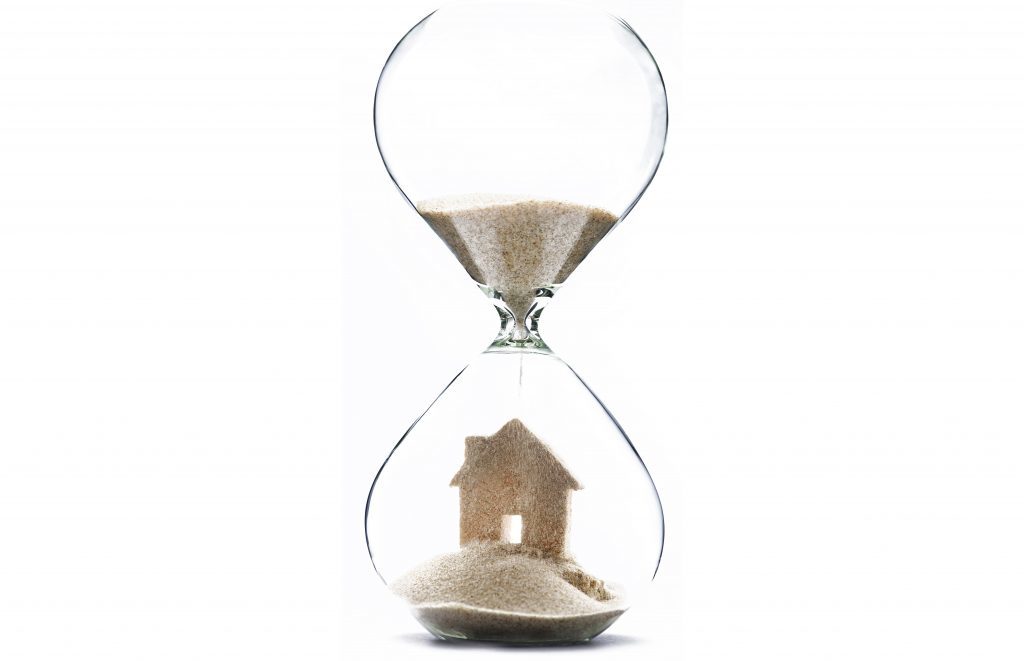 In the latest business bites column, Simon Hughes lists things to consider when selling your practice.
In the latest business bites column, Simon Hughes lists things to consider when selling your practice.
Much has changed in the dental market over the last few years. Gone are the days when dental principals were unaware of the value their practices hold and like it or not, we are entering a new era where dentistry is viewed as a business, and when it comes to selling, profit is the main driver of value.
When the decision to sell is made, what factors are taken into account by a prospective purchaser, whether private or corporate and what costs should a principal control in the run up to a sale?
Contract performance
If the practice has an NHS contract, the UDA performance is likely to be scrutinised, given the current pressure on funding and increasing intervention of the Local Area Teams when it comes to underperformance. Where a UDA target has been missed by more than the 4% tolerance, buyers will look for comfort that it is on target for the current year and if not, may base an offer on performance rather than actual contract value.
Staffing
As one of the largest costs in a dental practice, buyers will be looking at the number of employees, hours worked and rates of pay. There are several factors that can influence overall costs, but an average of 15-16% of total revenue is normal for nursing and support staff. If significantly higher than this, it may be that the practice is overstaffed or that pay rates have crept up higher than the national average.
Associate costs
A fundamental driver of practice profit are associate costs so it’s essential that associates’ pay scales are set at the correct level. Buyers will ask to see the breakdown of income by dentist and from this will calculate the cost of delivering the dental income. In NHS dentistry, the UDA value is key in determining income ‘yield’ – the higher it is, the lower percentage is paid away and the higher the profit. Practices in areas where it is difficult to recruit are often paying up to 50% of the gross UDA rate, whereas in areas such as London where associate rates are lower, it can be as low as 35%.
Hygienists and therapists’ income and costs
The income generated by both hygienists and therapists should be looked at separately as it will be delivered at a lower cost than provided by associates. The chargeback system to associates should also be carefully considered to determine whether it is profitable for the practice, which many are not.
Retained principal and property costs
If a principal is being retained, the cost of the provision of his/her dentistry will also be factored into a buyer’s calculation. Most principals will take their income as a dividend or out of practice profits.
Whilst fixed through the terms of a lease, buyers will interrogate the level of rent through an independent valuation to ensure that the rent is market tested.
For more information on Christie & Co, visit www.christie.com, email [email protected] or call 020 7227 0700.


